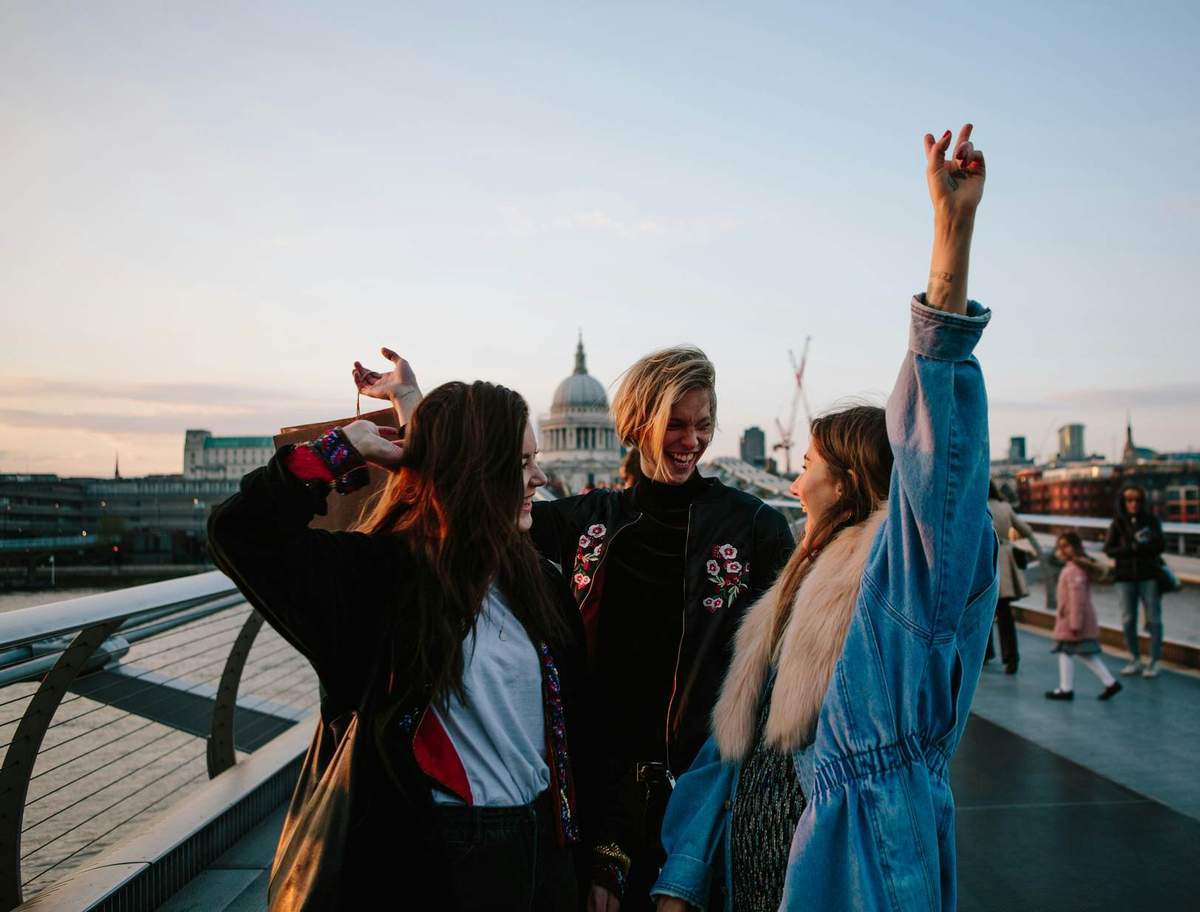

The Eurotunnel. Matt Munro/Lonely Planet
In May 1994, the Eurotunnel – linking England and France under the English Channel – was opened in a ceremony led by French President François Mitterrand and Queen Elizabeth II. In the 30 years since then, the network, which shares its tunnel with the Eurostar service, has carried nearly 10 million passengers per year between England and mainland Europe.
For drivers, Eurotunnel – now branding itself as LeShuttle – competes with the cross-Channel ferries by offering a journey time of just 35 minutes, in contrast to a 90-minute crossing on the fastest car ferry.
From tickets and terminals to queues and border crossings, here’s everything a first-time Eurotunnel user needs to know.

What is the Eurotunnel and where does it go?
The Eurotunnel, or LeShuttle, is a train that carries vehicles and travels under the English Channel, going between Folkestone in Kent, just off the M20, to Coquelles near Calais in France, on the A16 and near the A26. It serves vehicles only – no foot passengers are allowed on board.
How does it compare with the ferry?
Both services give the convenience of being able to take multiple passengers for the price of one vehicle, and to pack as much luggage as you can fit in the car. Both also allow pets on board.
LeShuttle’s claim to fame is the speed of the crossing. For people heading off on a long drive on the other side of the Channel, that shorter 35-minute journey can be worth the usually more expensive price point. However, if you’re hoping to hop out of your car during the ride to take a stroll or pick up some food, the Eurotunnel is not for you.
Where do I buy tickets?
Book tickets online in advance. You will need to provide “Advance Passenger Information” (API) – name, date of birth, passport details, etc – online ahead of travel for everyone riding in your vehicle.

New EU entry requirements
If you're a non-EU citizen (including UK passport holders), be aware of the new Entry-Exit System (EES) that applies to all travel into the EU. The first time you cross after the system is fully implemented in mid-2026, you'll need to register your fingertips and have your photo taken at a dedicated booth. Eurotunnel has installed self-service kiosks for this purpose and hired staff to assist passengers.
The process involves leaving your vehicle in designated bays, scanning your passport, having your photo taken and scanning your fingerprints. Once registered, future crossings will only require a passport scan and photo until you renew your passport or don't travel for three years. Eurotunnel estimated this will add a maximum of two minutes to your crossing time.
How does the Eurotunnel work?
Aim to arrive 1 to 2 hours ahead of your booked crossing time - potentially longer during the initial rollout of the EES system. Follow signs off the main roads and onto the Eurotunnel site. Lanes are clearly marked, guiding you to the check-in kiosks. Most kiosks are automatic, but signs will indicate which lanes have staff if you’d prefer to deal with a human. The system uses license plate recognition so, as you pull up at the barrier, your booking will appear on-screen.
Depending on the volume of traffic, you might be offered an earlier crossing time. You have the choice to accept it or stick with your booked train. Unless you’re particularly keen to hang around at the terminal, I recommend taking that gift.
A letter or letter/number combo is assigned to your car and printed out on a piece of paper. Tear it at the top so that it’s shaped like a hanger and hang it from your rear-view mirror so that Eurotunnel staff can see it as you approach them. If your crossing is imminent, staff may wave you straight through, bypassing the terminals. If they don’t, park up and keep an eye on the large screens in the parking lot and within the terminal – they show when you’re likely to be called forward.
Top tip: In Calais, don’t be surprised to be sent on a detour! You may find yourself following signs that appear to be taking you off site. This is simply a way to manage traffic and you will be directed to check in as soon as possible.
What happens if I arrive late?
Usually, if you’re late you will be bumped onto the next available service, which might mean hanging around the terminal until the very end of the day. In some cases, you might be asked to buy a new ticket.
What’s in each terminus?
Don’t expect much. Both terminals have restrooms and water fountains, a couple of fast food restaurants and cafes, a news agent and a relatively small duty-free shop. There’s a little play area for kids too.

What if I’m traveling with pets?
Traveling with animals requires a bit more planning. Anyone with cats, dogs or ferrets must stop and visit the Pet Reception. The animal must be microchipped and carry an Animal Health Certificate or EU Pet Passport, and dogs must have had tapeworm treatment in advance. There is a dedicated exercise area for dogs near the Pet Reception.
If you’re traveling with rabbits, rodents or reptiles, you must show a certificate that has been approved by a vet to border control.
When do passports get checked?
Once your assigned letter is called, drive on to passport control. This is where you'll also complete the EES biometric registration if it's your first time crossing under the new system. Sometimes this is a very smooth process; other times, you might be waiting for hours, shuffling forward one car at a time. You pass through both the UK and French borders at this point – there are no further immigration checks upon arrival.
What about security checks?
Cars are randomly selected for security checks after passport control and you may be asked to pull over while an inspection takes place, including swabbing your steering wheel.
How do you board the train?
Once passports and security are cleared, you are essentially in one massive queue waiting to board a train. You will be allocated a lane to wait in, and you could be sitting there a while. There are toilets here, a few vending machines and an information screen. When a train is ready to board (usually 25 minutes before its scheduled departure time), barriers rise at the front of the lanes and cars proceed from there.
Staff will indicate where on the train they want you to board depending on the size of your vehicle. The train has an upper level in places, so you will need to drive up a ramp to board the top deck. Follow the vehicle in front – you might drive through a lot of carriages – and keep on going until staff indicate you should stop. You will be directed to park up bumper to bumper, then asked to put on your handbrake and apply first gear, and leave your window halfway down.
Pro tip: The barriers can seem to open in a somewhat random order in the stacking area. As you see one lane departing, you might be tempted to sneak across. Don’t. Staff will stop you and send you back to the section you’re meant to be in.

What’s on the train?
Don't get your hopes up for a well-stocked dining car or a gift shop. Even a working toilet is a bit of a stretch on some crossings. Expect bare-bones carriages, with four to five vehicles in each section, and literally nothing else.
Following departure, there are various safety announcements and a member of the train crew will pass through carriages scanning hangers. You’re free to move around outside your vehicle, but there’s really nowhere to go.
What happens on arrival?
As the train approaches its destination, you will be asked to return to your vehicle. Internal doors will open, but don’t start your engine until the cars in front of you are on the move so you don’t pump the carriage full of exhaust fumes.
Drive straight off the train and head for the motorways – your road trip has begun.
















